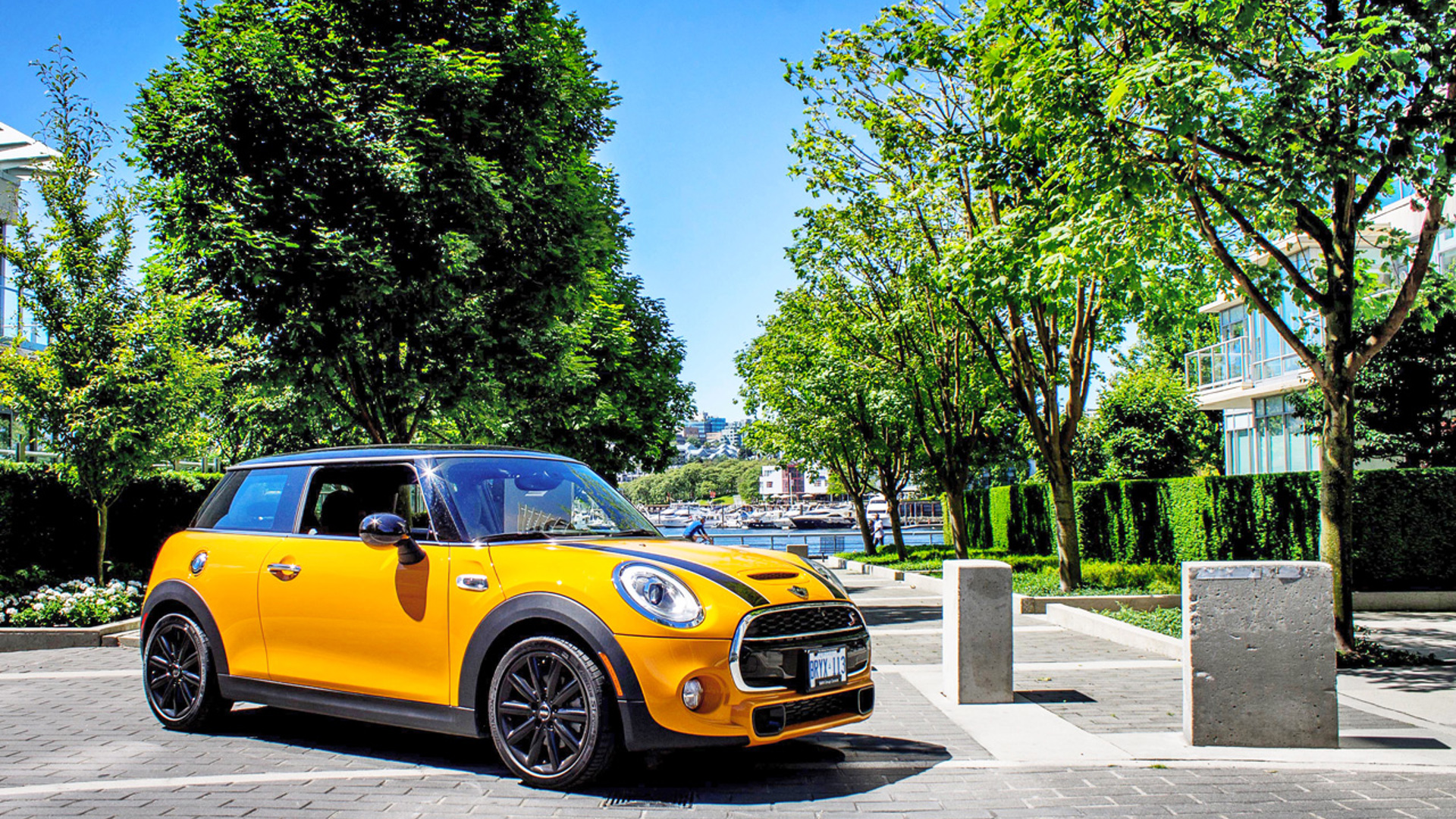Properly speaking, the term “hot hatch” is a product of 1980s Britain. By the time someone came up with the term, the product already existed in multiple forms over multiple marques. The definition is theoretically simple: take one compact family-hauler, insert a larger engine and a stiffer suspension, and stand well clear of the torque steer.
Whatever it originally meant, “hot hatch” casts a pretty wide net both today and when applied retroactively. It could, for instance, be argued that something like the Porsche 928 was a hot hatch, simply because it was a fast car with a hatchback. And why wouldn’t a modern Volvo Polestar wagon qualify? It has four-doors and a rear hatch – so what if it’s a little bit bigger than a VW GTI?
It’s tempting to extend the term even further to cover exotica like the Ferrari GTC4Lusso, which, technically, has a hatchback. It’s fun to think that we’ve grown from a time when something like the original Volkswagen GTI defined the breed, to the point where you can get a 680 hp V12 and claim that there’s some ancestry there.
But let’s not. The current automotive landscape is already littered with the wreckage of terms like “coupe” and “shooting brake” and even “wagon”. In an effort to fill every possible niche, manufacturers already bend the rules well past their breaking point, to the extent that we now have to put up with so-called “coupe-styled crossovers”.
To apply the same flexibility to the term hot hatch is a disservice to the honest intention of the car. That Ferrari is a car for the elite, whereas the true spirit of a hot hatch is a car that does full double duty for your average enthusiast. Sure, they can be quick and exhilarating, but they must also be affordable and practical. The genius of the hot hatch segment is that it meant that the thrill of the chase was no longer restricted to those with big budgets and a willingness to put up with a lack of rear seats.
The hot hatch still represents a true democracy of speed – the kind of car that looks right no matter if it’s hauling around a car seat, or a set of spare wheels with race-compound tires.
Mini Cooper
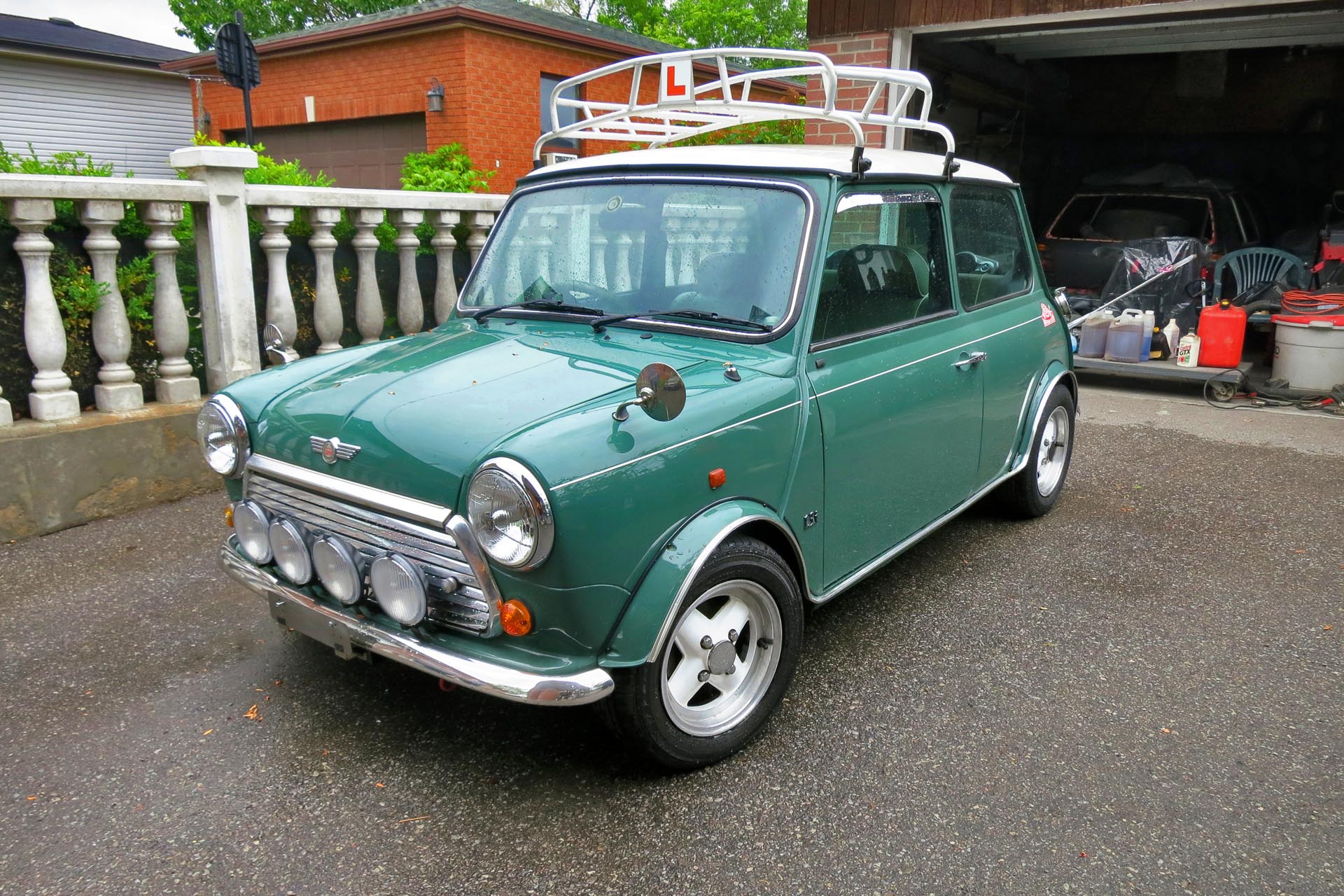
However, since hot hatch is a British term, let’s start with what might be considered the proto-hot-hatch: the Mini Cooper. Properly speaking, the original Mini wasn’t a hatchback, as it had a tiny, almost prehensile trunk. But let’s examine its other attributes.
Was it quick and light on its feet, ready to take the challenge to machinery with heavier firepower? Check. Did it work in all weathers, and as a practical choice for the whole family? Check. Could you haul around a ridiculous amount of stuff with it, considering its small size? Check. And was it affordable? As cheap, as Brits say, as chips.
If the Mini Cooper was a hint at what might be down the pipeline, the first hot hatchbacks would be penned in the romance languages. First, the Italians got in the game when notoriously deranged tuner Abarth got their hands on the pretty little Autobianchi A112.
Autobianchi A112
In 1975, the A112 Abarth only had 70 hp from a 1.0L engine, but it also only weighed 680 kg. That’s barely enough to qualify as a paperweight. As a result, it was zippy, whippy, madcap fun, eager to cock a tire in the air and engage in a little lift-off oversteer. But we never got it.
AMC Gremlin
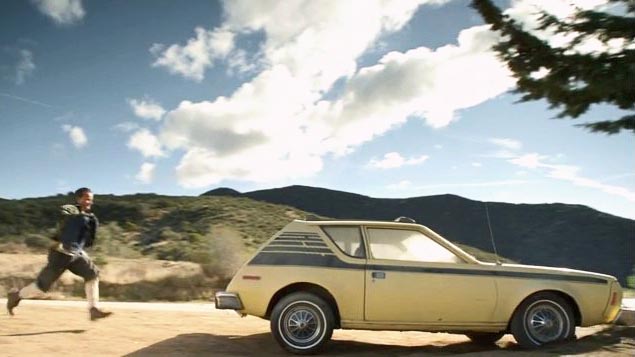
Instead, in the 1970s, the closest Canadians could get to a hot hatchback was perhaps the AMC Gremlin with the V8 in it. The Gremlin is much maligned these days, but by 1970s standards wasn’t completely terrible. It wasn’t a handler, but could at least be relied upon to spin its rear tires – and for cheap.
Renault 5 Gordini

But as we mentioned, a bit more power than the ordinary is only one leg of the hot hatch tripod. For that, Canadian audiences would have to wait right into the 1980s, when the VW GTI finally hit our shores. Originally launched in 1976, the GTI was beaten to market by the Renault 5 Gordini – as we’ll see, Renault has a long hot hatch pedigree.
Volkswagen Golf GTI
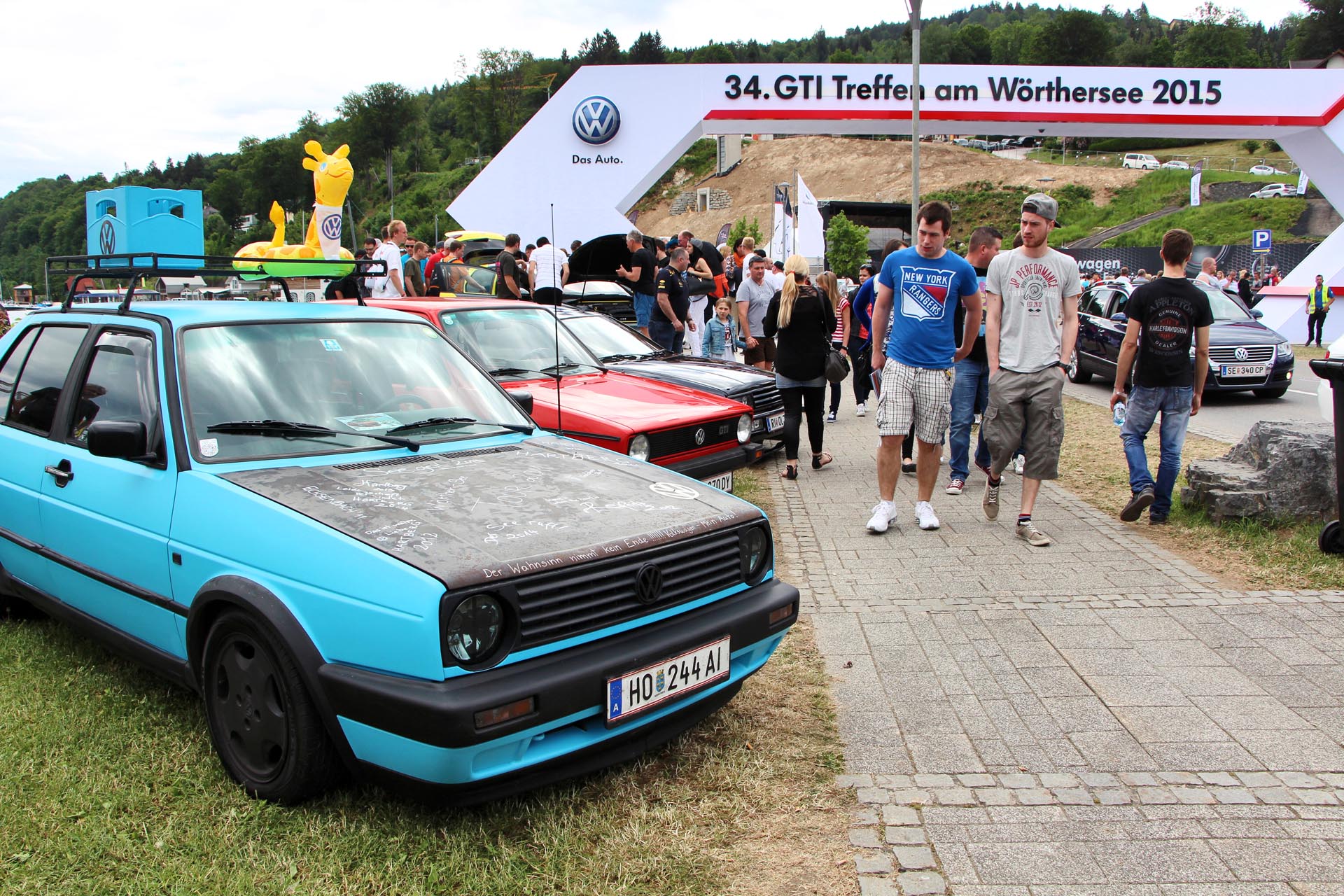
As far as North Americans were concerned, the hot hatch phenomenon arrived with the Germans. The first Canadian-spec GTIs arrived in 1979, but these were actually lightly breathed-on Rabbits. The proper GTIs wouldn’t arrive until 1983, with their 1.8L fuel-injected four-cylinder making 90 hp. By 1985, the GTI was an even hotter prospect, with a 100 hp engine, alloy wheels, a sport-tuned suspension, and a nifty tartan interior.
This was more like it. After a decade of vinyl stickers and dismal, thrifty engines, you could now buy an easy-to-park little machine that worked as a commuter and eager backroad co-conspirator. The GTI brand launched an entire breed of hot Volkswagens, and while successive generations seemed to get plumper every time they offered more power, some of that lively spirit was maintained.
Honda CRX
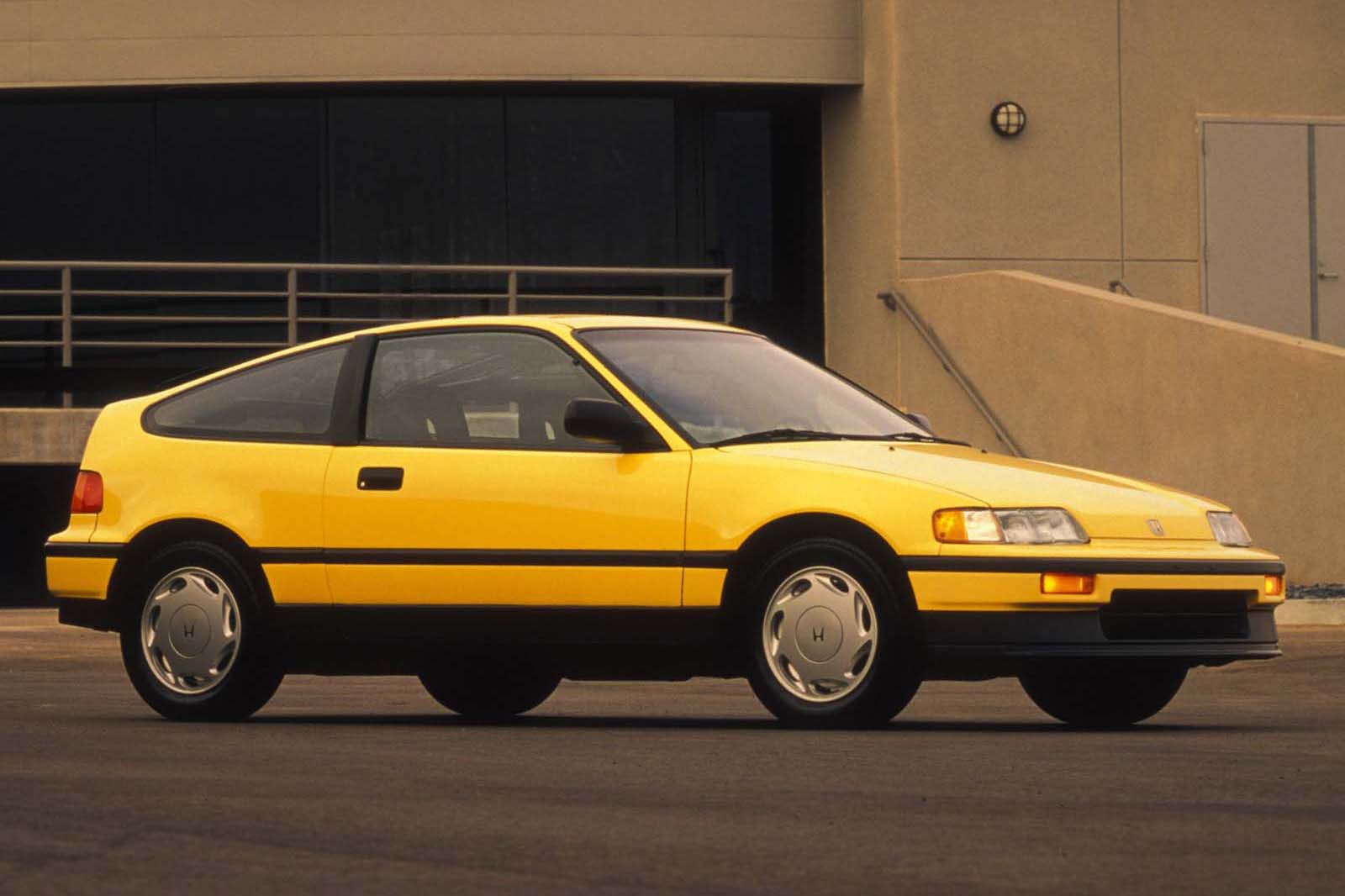
However, even in those days, when VWs were relatively simple, they could still be mechanically fussy. Enter the Japanese. The Honda CRX was launched with epic fuel economy in mind, but then Honda’s engineers took its lightweight chassis and strapped in a revvy little 1.6L four-cylinder engine. Second-generation cars benefited from Honda’s vaunted double-wishbone suspension technology, and the Si models are future collectibles.
The 1980s and 1990s were a time of turbos, and with the GTI showing that heated up versions of economy cars could be strong sellers, plenty of manufacturers turned to boost to boost sales.
Mitsubishi Colt GT Turbo

Sometimes things worked, as with the oft-overlooked Mitsubishi Colt GT Turbo.
Shelby GLH and GLHS

Carroll Shelby’s work on the economy-minded Omni hatchback produced the GLH and GLHS, for Goes Like Hell and Goes Like Hell S’more.
Mazda 323 GTX

Other hot hatches worth mentioning include the Mazda 323 GTX, now rendered rare by owners who modified them until they exploded. With all-wheel drive and reinforced sills, it was a rally special for the street, long before the WRX arrived on the scene.
Peugeot 205 GTI

Meanwhile, across the pond, some of the greatest hot hatches were being made by Renault and Peugeot. Now importable, these sometimes fragile machines include the Peugeot 205 GTI and the Renault Clio Williams. Both are now highly valued by collectors, as are grey-market examples of the box-flared Lancia Delta Integrale.
Volkswagen Scirocco and Corrado

However, as delicious as this forbidden fruit may have been, the stuff we did end up with remained fairly excellent. The GTI was joined by first the Scirocco and then the Corrado, slightly more svelte versions of the same front-driver hatchback formula.
Suzuki Swift GTI

The tiny Suzuki Swift GTI (later GT) provided ultra-lightweight fun with a hummingbird’s thirst for fuel, and Honda continued the fun with Si and SiR versions of its Civic hatchback.
Yet things seemed on the wane. The GTI’s popularity was such that few competitors made serious inroads against them, and manufacturers seemed more interested in moving SUVs than in developing fun-to-drive, nimble machines – sound familiar?
Ford Focus SVT

Yet there was still hope, and in the early 2000s, the hot hatchback segment underwent something of a renaissance. From Ford, there was the Focus SVT, with a 170 hp 2.0L engine and a six-speed manual.
Subaru WRX

From Subaru, a real heavy hitter arrived in the person of the WRX wagon: wagon in name, hatchback in size.
Honda Civic SiR
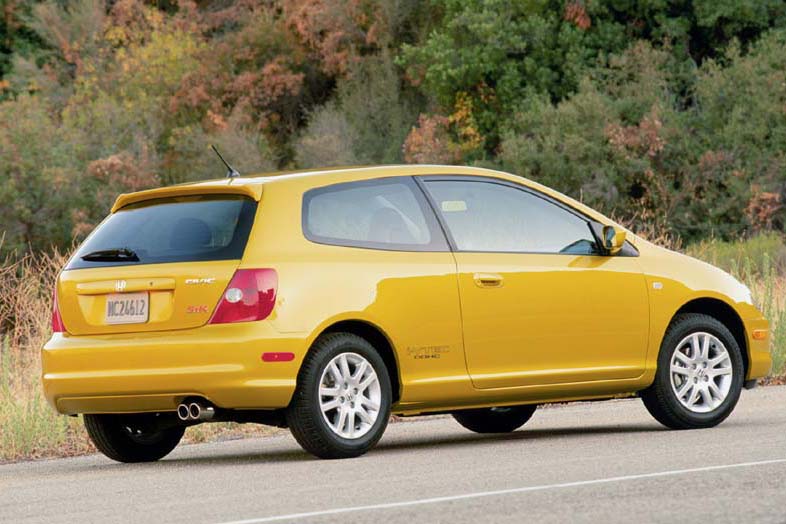
Honda offered the SiR in hatchback form only, and although it wasn’t a great car, it did at least carry the torch for the brand.
Mazda Mazdaspeed3

Bridging the gap to the modern age, the Mazdaspeed3 arrived in 2007 to really shake things up. Powered by a turbocharged 2.3L four-cylinder, it easily out-powered the GTI, and was capable of outrunning even the mighty Subaru STI. Factory-backed bolt-on upgrades made for even more power.
Ford Focus RS, ST, Fiesta ST
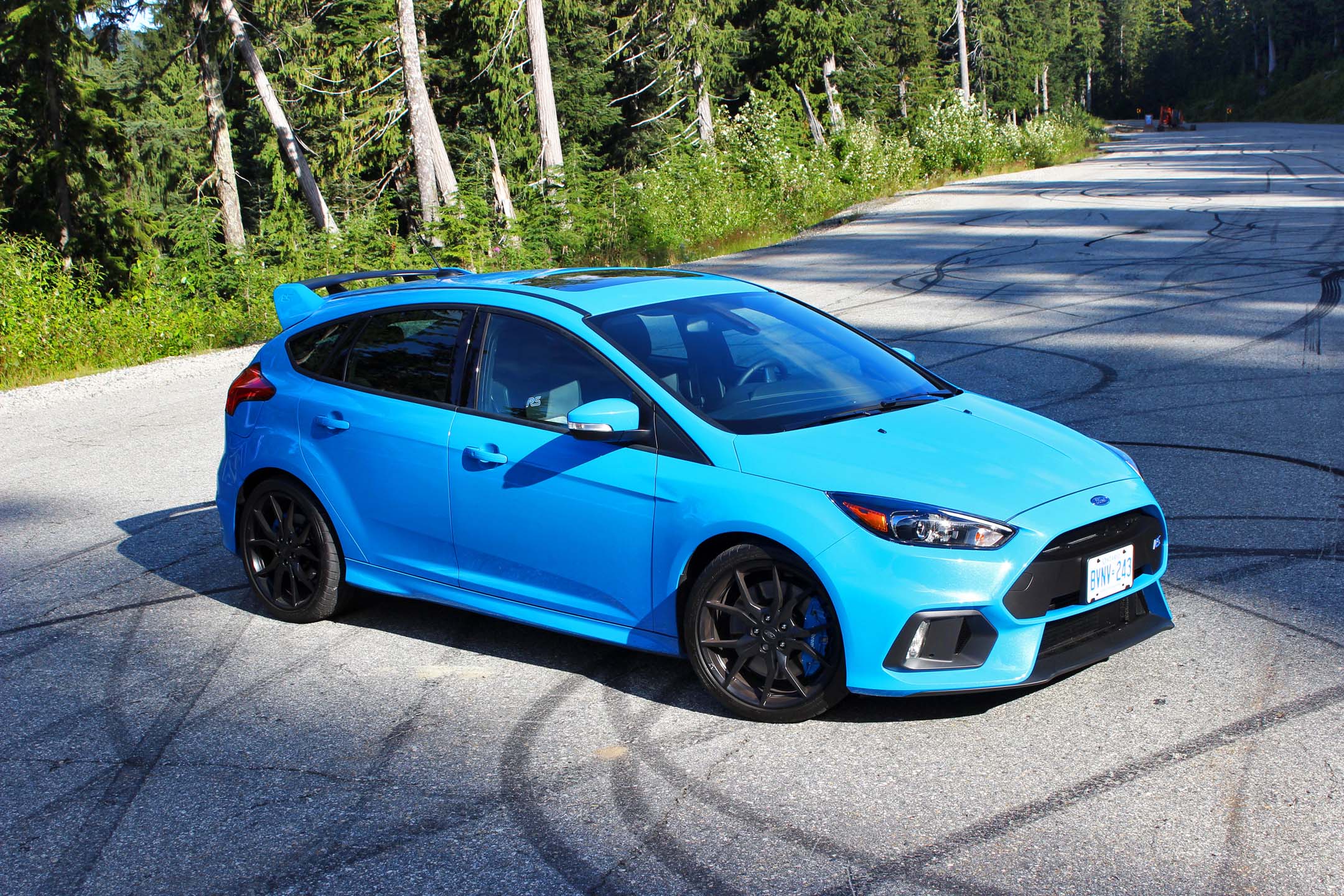
Competition seemed to invigorate other manufacturers to the point that 2017 looks like the best year for the hot hatch yet. From Ford we have no fewer than three hot hatches, with the Focus RS and ST, and the Fiesta ST – perhaps the most fun performance car for less than $50,000.
But Still the GTI
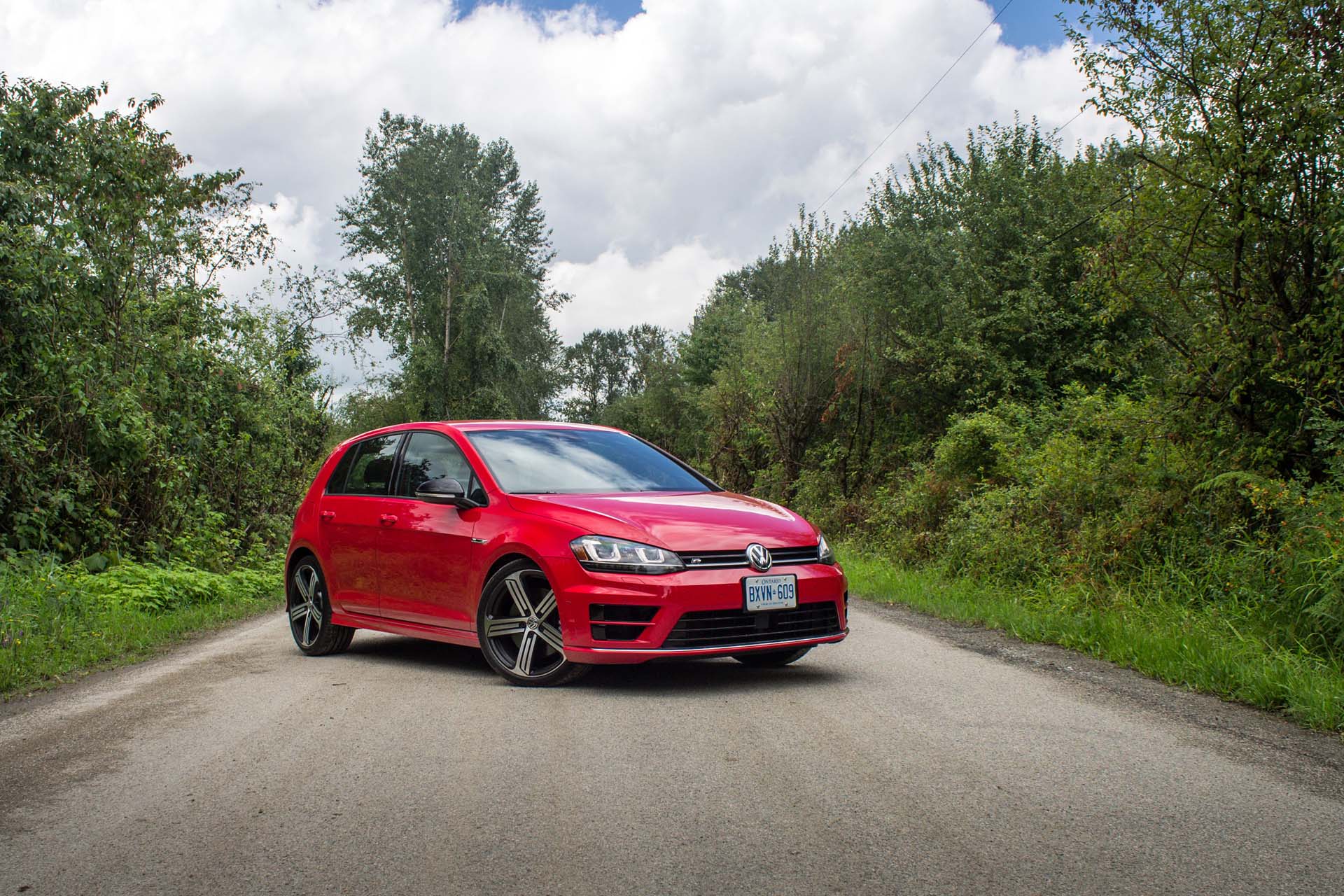
The GTI continues to soldier on, quicker and more refined than ever. It’s been joined by the Golf R, which might be one of the best new car buys out there; demand is huge, and as a value proposition, it’s only a small premium over a fully loaded GTI.
Subaru, regrettably, retired their WRX hatchback with the current generation car, although the Levorg exists overseas to give us some hope. C’mon Subie – bring back the hatch!
Mercedes-AMG GLA45
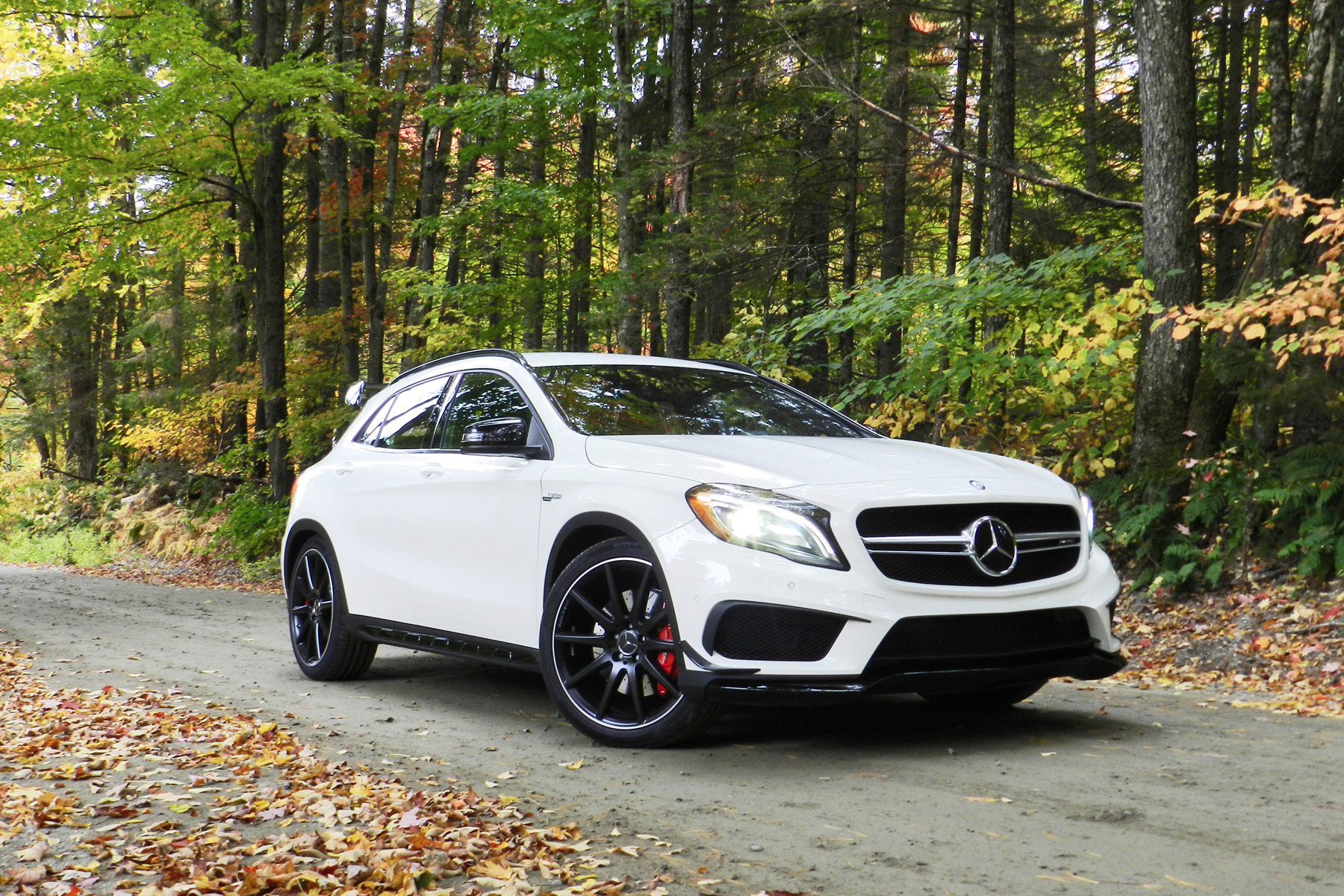
Even luxury marques have gone hot hatch crazy, as evidenced by AMG versions of the GLA45. While it’s got a crossover’s height, this turbocharged lunatic drives more like an STI hatchback than it does a luxury product.
Honda Civic Type R Hatchback
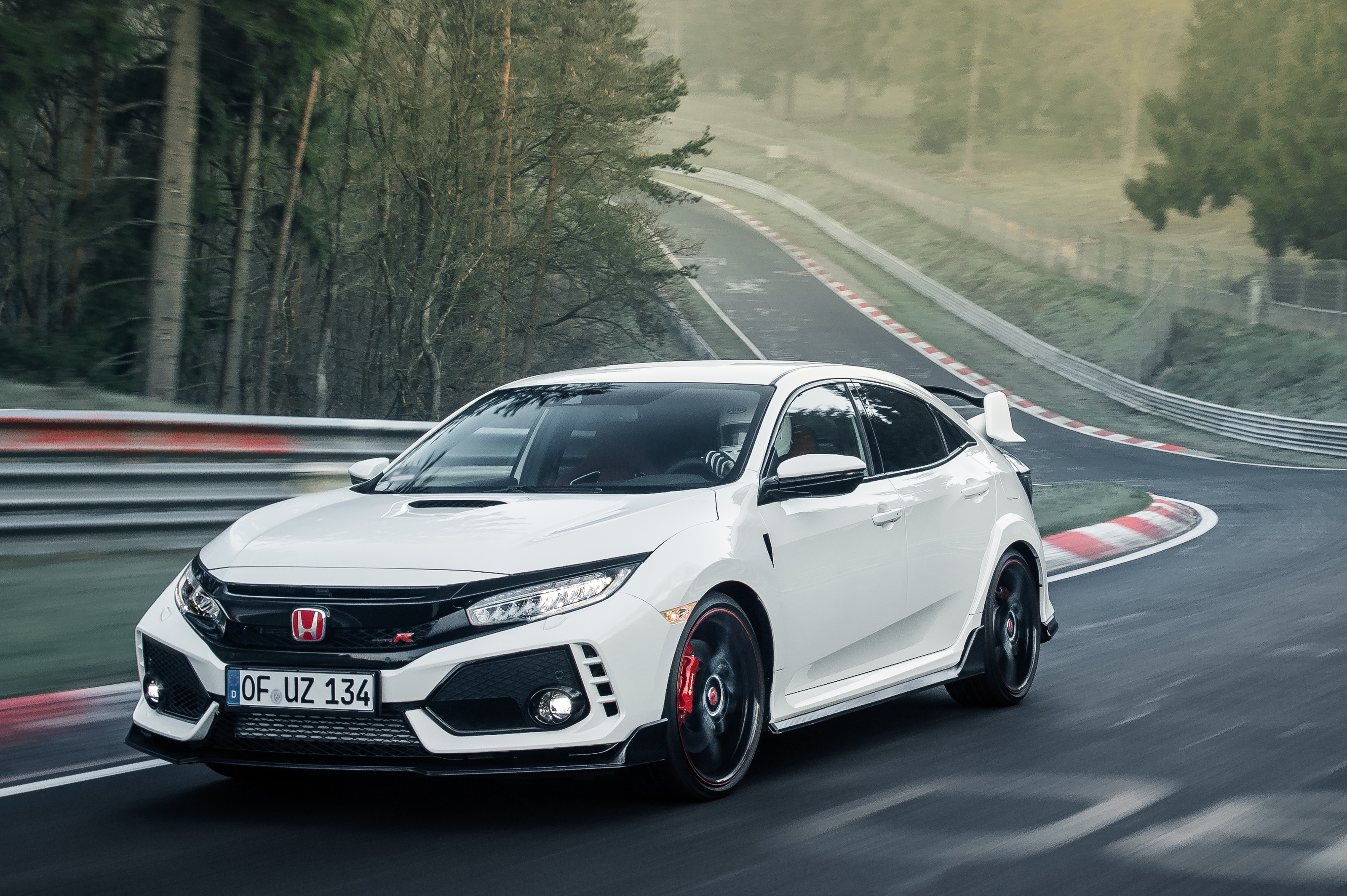
Best of all, perhaps, is the return of the Honda hatchback. The standard car comes in a 180 hp Sport package that’s just hot enough to be fun, while still thrifty and spacious. It sits underneath the halo cast by the coming Type R hatchback, which will be the first Type R to officially arrive in Canada.
Even if we keep the definition tight, the number of cars that fall under the heading of hot hatch has never been higher. It’s just what we need – let the marketing departments spin their tales of DNA, branding, and premium feel. Sometimes all you really need is six gears, four cylinders, three pedals, and one hatch.
